Transcription of Temperature Dependence of the Wavelength Spectrum of a ...
1 1 Temperature Dependence of the Wavelength Spectrum of a Resonantly Pumped W-OPIC Laser Lauren E. Bain and Linda J. Olafsen, Member, IEEE Abstract Developing efficient semiconductor lasers capable of operating in the mid-infrared Spectrum at a Temperature reasonably close to room Temperature requires further characterization and study of these semiconductors. The emitted Wavelength of a semiconductor laser exhibits a parabolic Temperature Dependence , with values increasing as Temperature increases.
2 Additionally, when Fourier transformed infrared spectra of a W-optical pumping injection cavity laser are taken with sufficient resolution, a fine structure is observed within the central peak. By studying the location of this large peak and the separation between the fine peaks of this structure, a change in the index of refraction can be determined. This value could provide insight into the optical pumping Dependence of the gain. The emitted Wavelength varied from m at 78 K to m at 325 K.
3 Pump wavelengths varied across the Temperature range to maximize the signal produced by the sample, and both the pump Wavelength and emitted Wavelength exhibit a parabolic relationship with Temperature . Future research is necessary to determine the cause of this parabolic Dependence and how it relates to a possible change in index of refraction. Index Terms Semiconductor lasers, FTIR spectroscopy, mid-infrared, optical pumping, refractive index, Temperature tuning I.
4 INTRODUCTION HE efficient generation of mid-infrared radiation at near-room Temperature could greatly expand the accessibility of a more precise and sensitive means of chemical detection [1]. If semiconductor lasers are to be applied in these fields, it is necessary to promote practical, portable operation by reducing the necessary cooling to that provided by a thermoelectric device. Optical pumping injection cavity (OPIC) lasers show great promise in this field, as they have exhibited higher Temperature operation than electronically injected varieties [2,3].
5 The semiconductor studied is a W-type laser, named after the shape of the quantum wells [4]. The placement of distributed Bragg reflector (DBR) mirrors on either side of the active region allows maximum absorption of photons by the quantum wells, resulting in increased efficiency [1,5]. Another method of maximizing output for a given input is to pump the laser at etalon resonance. While earlier approaches involved growing the sample such that the resonance corresponded to the available pump Wavelength , an optical parametric oscillator (OPO) can tune the Wavelength of the beam striking the sample.
6 This becomes particularly significant as Temperature is varied; the resonance Wavelength shifts as Temperature is increased, and the input beam Wavelength must be tuned accordingly. Pumping at resonance both improves efficiency and reduces the threshold intensity for lasing behavior to begin [5]. Manuscript received August 3, 2010. This work was supported in part by NSF grant 1002637 for the Research Experiences for Undergraduates program and by Baylor University.
7 L. E. Bain is with the University of North Carolina at Chapel Hill, Chapel Hill, NC 27514 USA (e-mail: L. J. Olafsen is with Baylor University, Waco, TX 76798 USA (phone: 254-710-2541; e-mail: By varying Temperature , the characteristics of a mid-infrared OPIC laser can be better understood. Previous studies have shown a linear relationship between the emitted Wavelength and Temperature of a laser diode [6]. When studying Fourier transformed infrared (FTIR) spectra, this emitted Wavelength is given by the center of the peak in the spectra.))
8 This broad envelope consists of a series of smaller peaks indicative of a modal structure. While the center of the peak remains the overall emitted Wavelength , the distance between the peaks of the longitudinal modes can be used to determine how the index of refraction, n, of the laser varies using Eqn. (1) [7]. The center Wavelength and peak separations, k and k respectively, are both determined from the FTIR spectra. Fitting the broad peak with a Gaussian gives an x-center value corresponding to k, while fitting each modal peak with a Gaussian, recording the center wave numbers, and subtracting the values for adjacent peaks gives values that are then averaged to find k.
9 Eqn. (1) can be used to solve for either n or n; however, if solving for n, an estimate of n is required to complete the calculation. Estimating n is done by determining n for each element and weighting these values according to the layer thickness of that element in the sample. Lkkknn21+ = (1) The refractive index is known to depend on Wavelength , Temperature , and the gain of the medium. While Wavelength and Temperature can be controlled as elements of an T 2experiment, optical pumping alters the gain of the laser.
10 Calculating a value for n allows this change in gain to be quantified. We want to determine the relative contributions of Temperature shift vs. gain-induced changes in refractive index due to the higher optical pumping intensities required at higher temperatures . We seek to do this by studying both Temperature Dependence and intensity Dependence to quantify differences in k and n II. MATERIALS AND METHODS A. Experimental Setup The OPIC laser studied was part of the ITV-1108 wafer grown by Sarnoff Corporation and used in T.
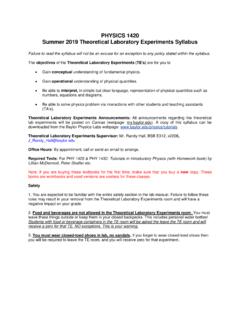
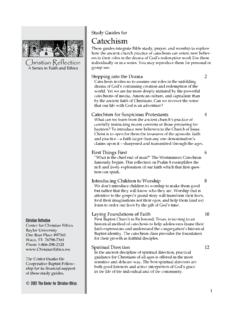
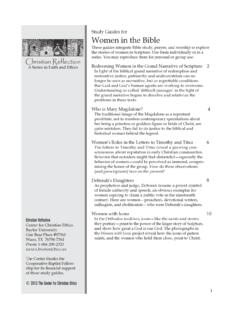

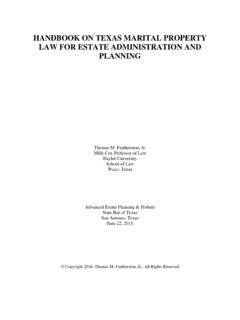
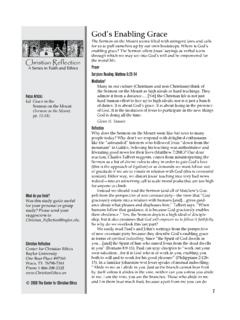

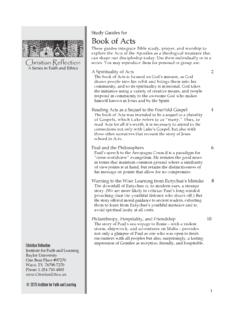
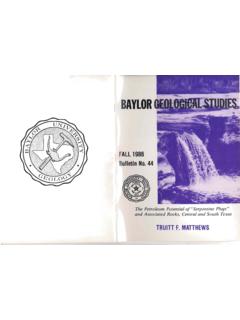
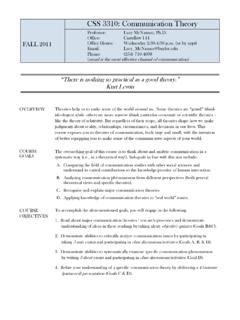
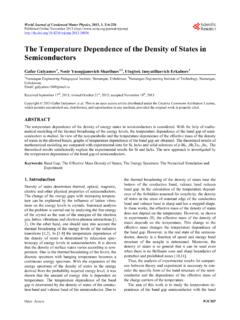



![C = Q/ T = dQ/dT [J/deg] - University of Virginia](/cache/preview/a/f/5/8/1/b/f/3/thumb-af581bf37b8258665c1595c6c7b2f7a3.jpg)




